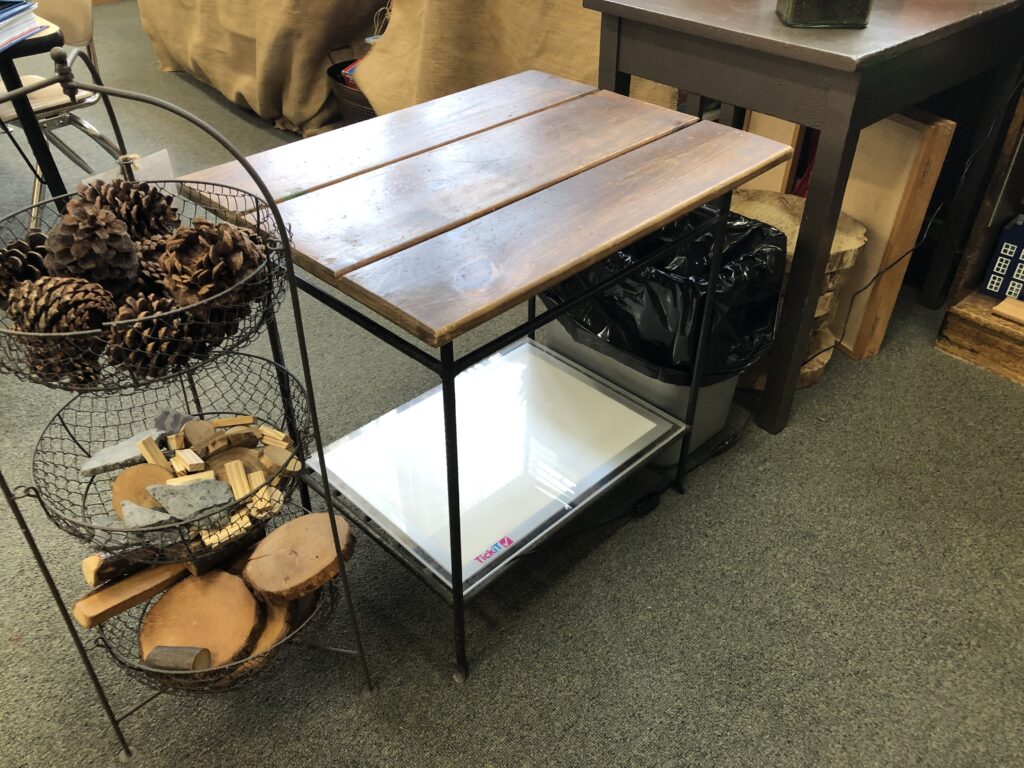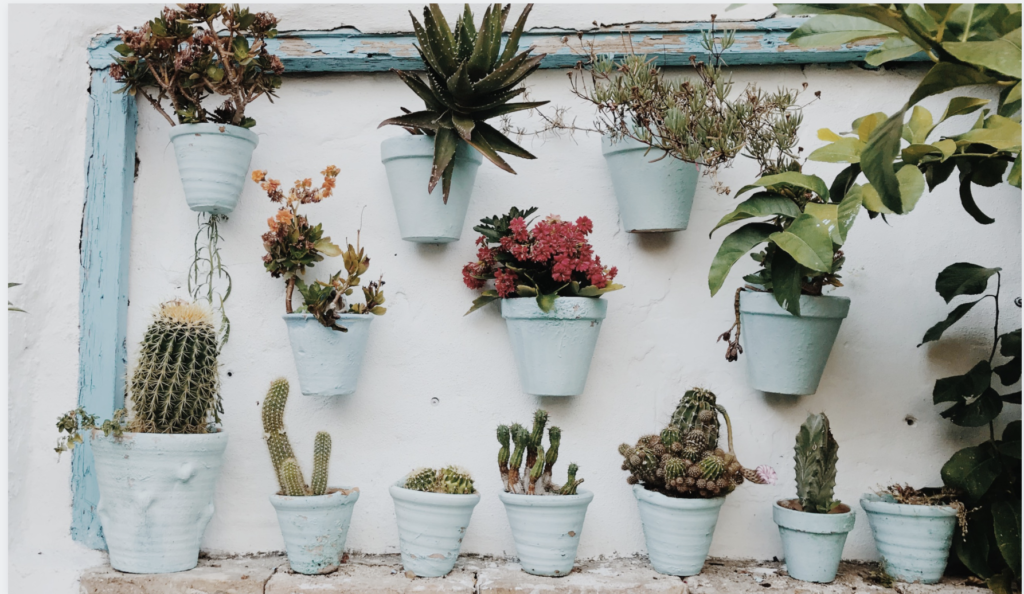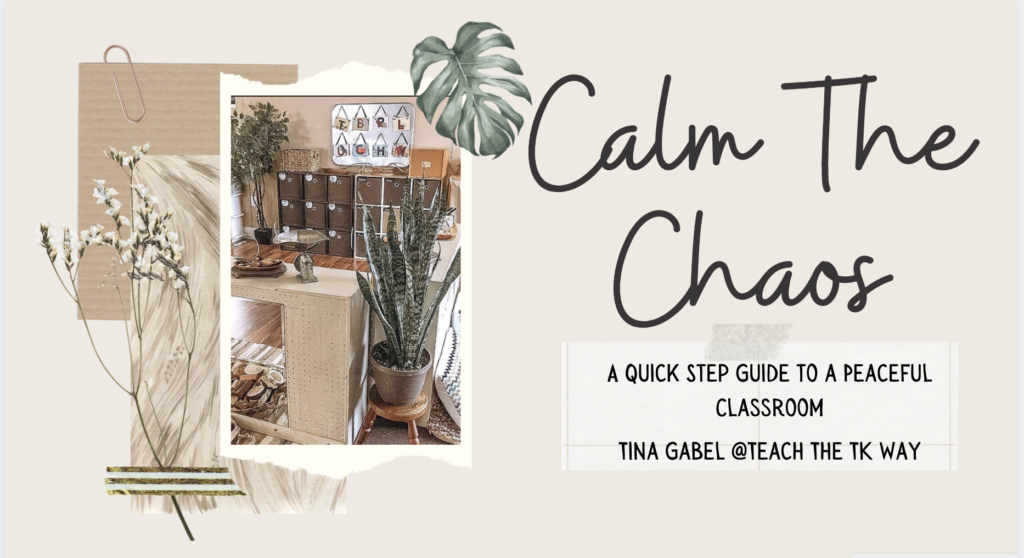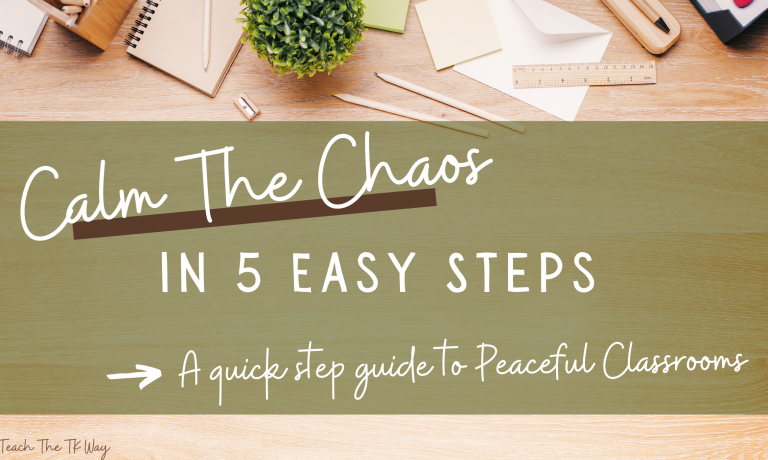Calm the chaos of the classroom to actually help all students, teachers, and admin. First, what is chaos, why is it a problem, how does it affect both the students and teachers? Chaos is described as a state of utter confusion. This description is perfect to describe many classroom environments. If the intentionality behind the design is lacking then the learning space is left in utter confusion. What does this do to the students? When they have no idea what the plan is they tend to create their own sense of normalcy out of the chaotic environment.
This issue with this is then the learning environment begins to move away from a learning space and becomes even more chaotic and disorganized. When educators create the learning space with intent then the students are able to come in and use the materials the way they were designed, which allows for deeper learning moments.
As a result, I have created a 5 step plan for calming the chaos. A calm the chaos program that helps teachers and students no matter the age level taught. In 5 simple steps, you can take back your learning space and get a handle on classroom behaviors.
Step 1: Declutter
Think Marie Kondo right here. Instead of thinking does it bring joy, get rid of it. I like to put a spin on it that relates back to the children. What is its purpose? If the purpose has nothing to do with the students, it’s time to rethink the item. Later in the design process, we will bring in 1-2 intentional items that combat your own teacher stress.

Step 2: Decide on Your Environment Style
This means color choices, textures, design components, age of your students, lessons you gravitate toward, etc. If you are still struggling with how to intentionally design an environment that supports all students, take the quiz and get some inspiration straight to your inbox.

Step 3: Living World
This is a favorite piece of classroom design. What will you bring in to support science, cozy spaces, and calm corner areas? I am a huge fan of plants in the classroom. My students even name them each year. There are a few ways to include child-safe plants in a classroom. A plant wall could turn a boring space into a magical area. Spreading plants throughout the learning environment could add interesting areas throughout the classroom.
Step 4: Community
Creating a classroom that supports all students is as easy as creating a family tree, hopes and dreams display or including the local community in your classroom. A family tree can be a real branch where family photos hang for the children to see. A small bulletin board area that includes pictures from home, or family drawings. The hopes and dreams area is a favorite too. I send home an email to the caregivers and ask them to write 2-3 thigs they hope for their child. I print them out and include them in a display. This is especially great for older students who can read. If you teach young students make sure to read the messages to the children and return to them often.

Step 5: Get Outside
Taking the learning outside is the last step in creating an intentional natural environment. Creating places to read, or secret garden libraries is a fun way to connect learning to the outdoor area. Create scavenger hunt cards based on your specific learning environment. I laminate mine and place them in a basket. This allows the children to reuse them each time we head outdoors. Always make sure you are including 30-60 minutes of outdoor learning IN ADDITION to unstructured recess. While recess is typically an outdoor activity, structured and unstructured time is vital for student growth.

Now that you have read about the 5 steps to a calm learning environment, you can put them into action to create your own intentional environment today. You can grab the FREE workbook here.
Until next time happy creating!



2 Responses